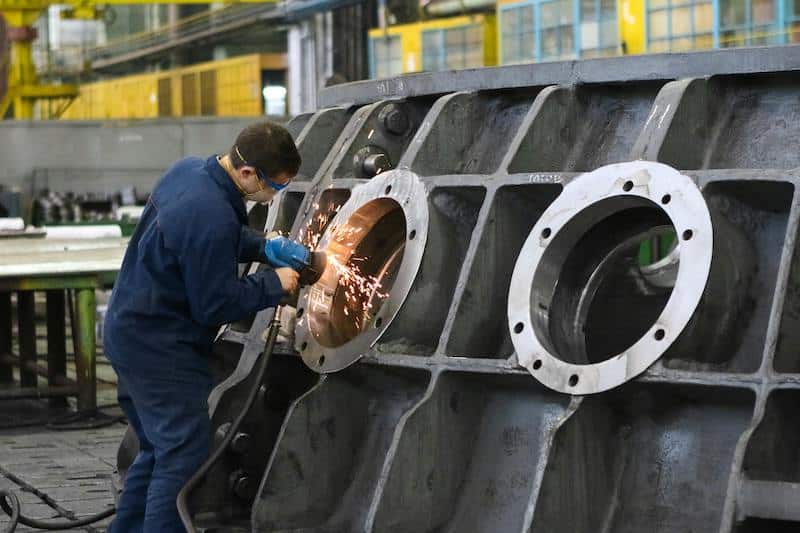Localization builds customer loyalty and brand consistency. For manufacturers expanding across global markets, it’s no longer enough to simply translate a message word-for-word. A strong localized content strategy ensures that technical documents, marketing campaigns and online materials not only speak the right language, but do so with cultural accuracy, regulatory alignment and user-friendly precision.
Localized content strategy and translation
Localization goes several steps beyond translation. It considers regional dialects, measurement units, regulatory phrasing and even visual formatting. For manufacturers, this could mean adapting product manual translation to comply with EU safety regulations or adjusting graphics in an online campaign to resonate with cultural expectations in Southeast Asia. True localization ensures every touchpoint, from user manual translations to safety labels, is intuitive and compliant for the local user.
Why is localized content strategy important?
Localization impacts how end users interact with your brand and your product. Consider that 75% of global consumers prefer to buy products in their native language (CSA Research, 2020). For manufacturers, that means a poorly adapted manufacturing website translation could lead to lost business before a product is even purchased. Likewise, marketing material translation that doesn’t take tone and industry specific terminology into account may fail to connect with professional buyers or distributors abroad. Localization helps adapt tone, visuals and format to meet market expectations while preserving brand integrity.
One Localized Content strategy success story
A great example of manufacturing translation and localization done right comes from Siemens, one of the world’s largest manufacturers in the energy, automation and industrial sectors. When Siemens expanded its smart infrastructure solutions into Latin America, the company didn’t rely on direct translations of its German or English materials. Instead, it implemented a robust localization strategy across technical manuals, product documentation and marketing assets tailored for each regional market.
The impact was measurable. According to Siemens’ own reporting, its localized training and support materials helped reduce the implementation time of smart infrastructure systems by up to 20% in Latin America. Additionally, a localized content approach improved post-sale satisfaction scores, contributing to a 13% increase in regional service contract renewals over a two-year period.
By approaching global expansion with a comprehensive localization strategy, Siemens strengthened customer trust, improved operational efficiency and gained a competitive advantage in culturally diverse markets.
Choosing the right provider for your localized content strategy
Manufacturers can’t afford to overlook the value of language. That’s why working with a manufacturing translation agency that understands the industry is essential. Language Connections has been supporting clients for over 30 years, bringing experience in various markets. They offer over 100 languages, so you can scale confidently across continents and with a 4,000 vendor pool of industry specialized linguists, Language Connections ensures every manual, website and marketing material is ready for the global stage. Partner with a language provider who works with the same precision you bring to your products.
Language Connections Inc.
22 Goddard Circle
Brookline, MA 02445
Phone: +1-617-731-3510
Email: service@languageconnections.com


